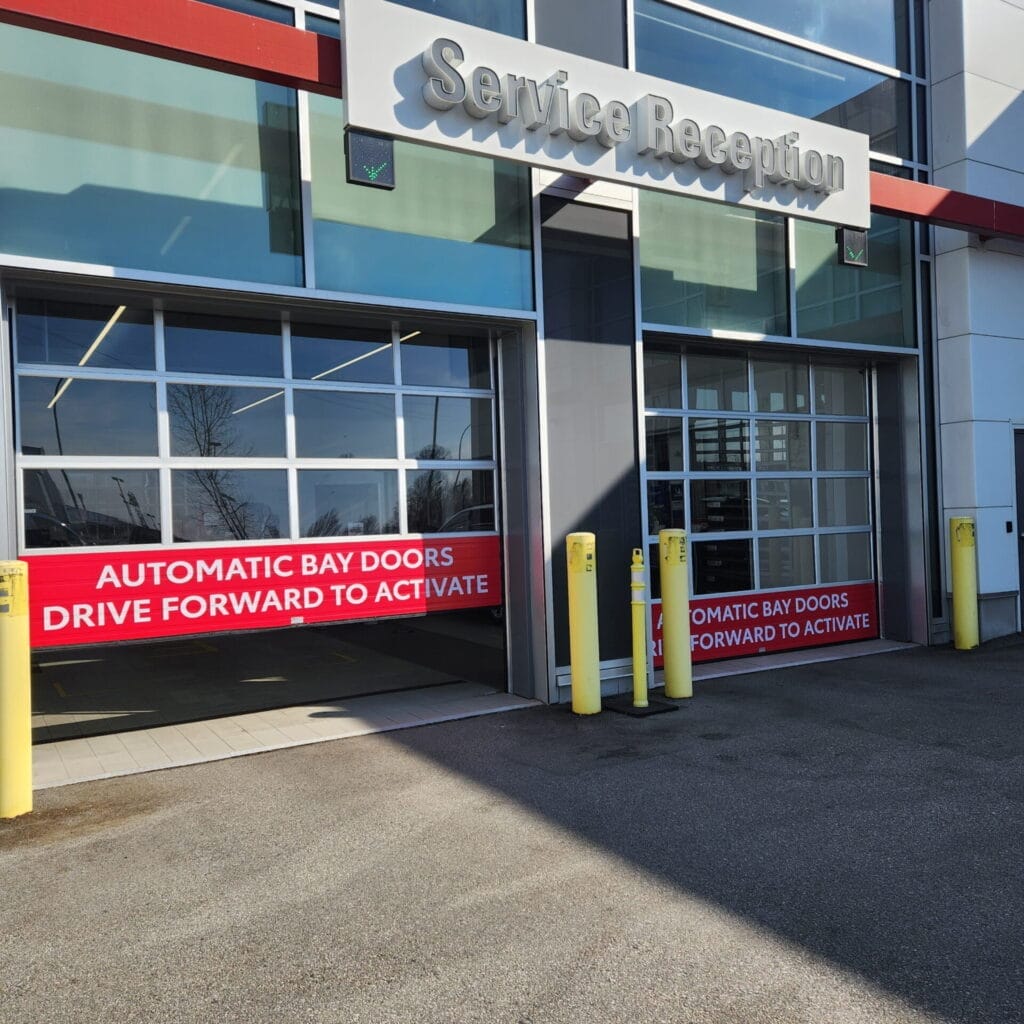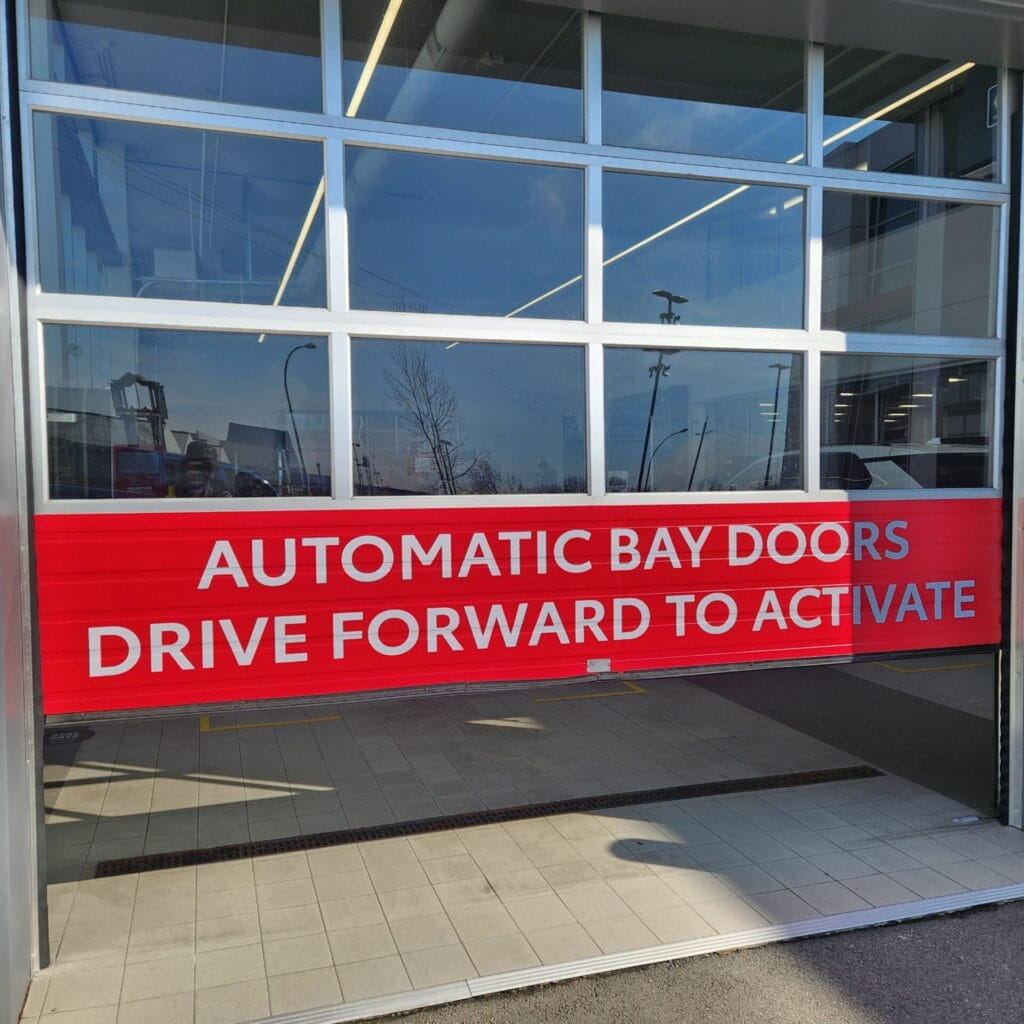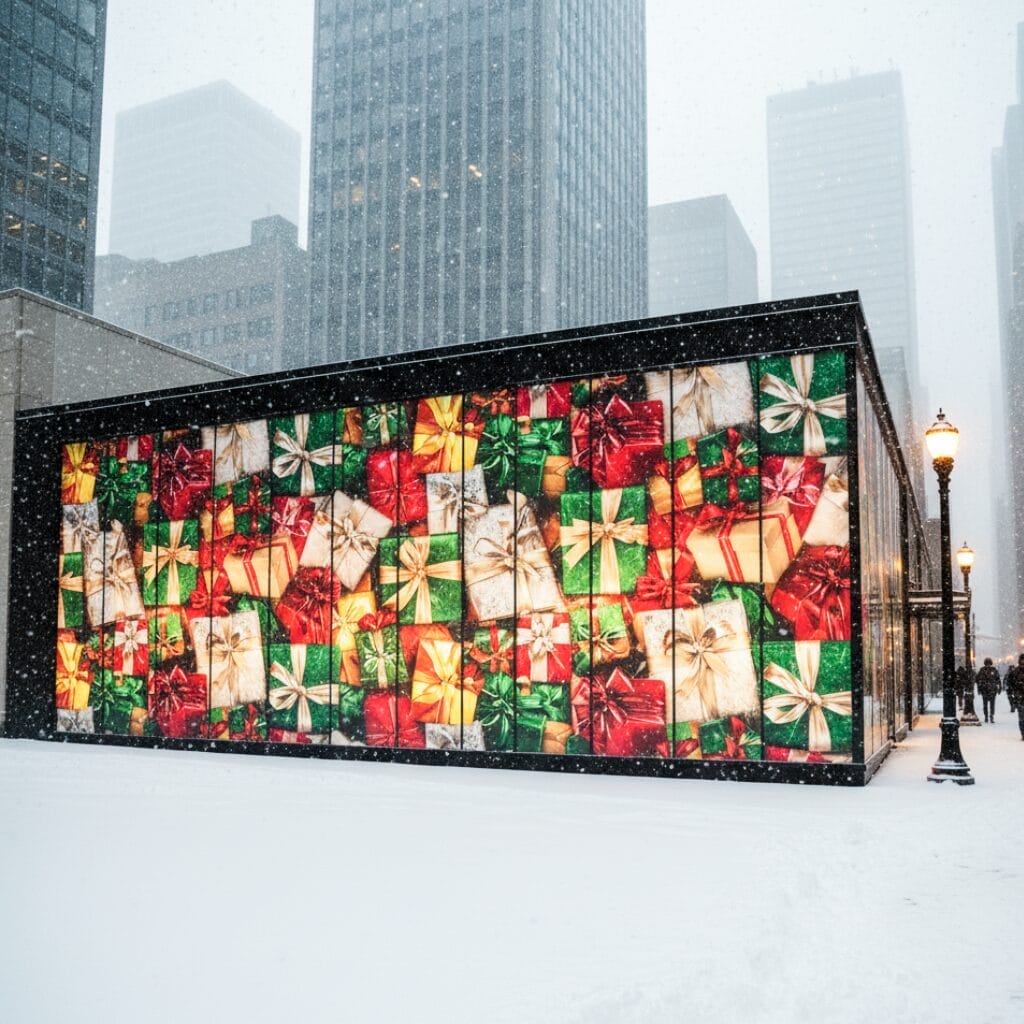Authored by Dennis Leblanc, Senior Product and Business Development Manager at Drytac.
As temperatures drop and winter sets in, printers, sign-makers, and installers need to think about how to achieve successful applications in cold conditions. Freezing weather can make installations more challenging, so using the right materials and techniques is key to getting reliable results all season long.
For some, working in the cold is a year-round reality. For others, it’s just a seasonal challenge. Either way, the goal is the same—making sure graphics can be installed properly and stay in place, even in freezing temperatures. The key is choosing materials designed for low-temperature applications and following proper installation practices to ensure strong adhesion and long-term performance.
The good news is that there are several, simple and, perhaps most importantly, cost effective steps that both printers and sign-makers can take to mitigate any risks associated with cold-weather installations.
Above all is material choice. Some products have been specifically developed to withstand the effects of harsh weather, with their features meaning they not only remain in place and undamaged despite being subjected to the elements but also continue to be visually appealing to passers-by.
Typically, pressure-sensitive print materials have a minimum application temperature of 5˚C (41˚F), which is some way off the extreme low temperatures certain regions experience during the winter, meaning printer should consider alternate solutions.
Drytac has developed a range of solutions that are cold weather installation-rated down to as cold as -20˚C (-4˚F):
- Polar Grip
- Polar Grip Air
- Polar Premium Removable (North America)
- Polar Premium Clear
- Polar Premium Air PB
- Polar Premium Air RB
- Polar Premium RB90
- Polar Dynamic Clear R
- Polar Blockout
- Polar Blockout UV
- Polar Street FX
- Polar Smooth 150
- Polar Smooth 150 Air


British Columbia-based print business TINT’D Film and Graphic Solutions is one company that has felt the benefit of working with Polar materials. It used Drytac Polar Grip white polymeric self-adhesive vinyl to produce a series of striking exterior graphics for a local branch of Toyota.
Temperatures in the Canadian province range from an average winter low of 0˚ C to 5˚ C across coastal areas to around 20˚ C in the interior and northern regions. Working with Drytac Polar Grip, paired with Drytac’s Interlam Pro Matte pressure sensitive over-laminating film meant the company and its customer were safe in the knowledge that the graphics would continue to perform throughout the winter, without succumbing to the elements.
One final piece of advice on cold-weather projects is for printers and sign-makers to keep materials at room temperature until the time of installation in colder weather applications. Doing so will stop the media from becoming brittle and more difficult to work with, thus avoiding a further, unnecessary headache.
The key takeaway here is to plan ahead; do not assume that the materials you use for installations in the warmer months will perform the same during the harshness of winter.




